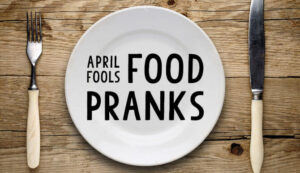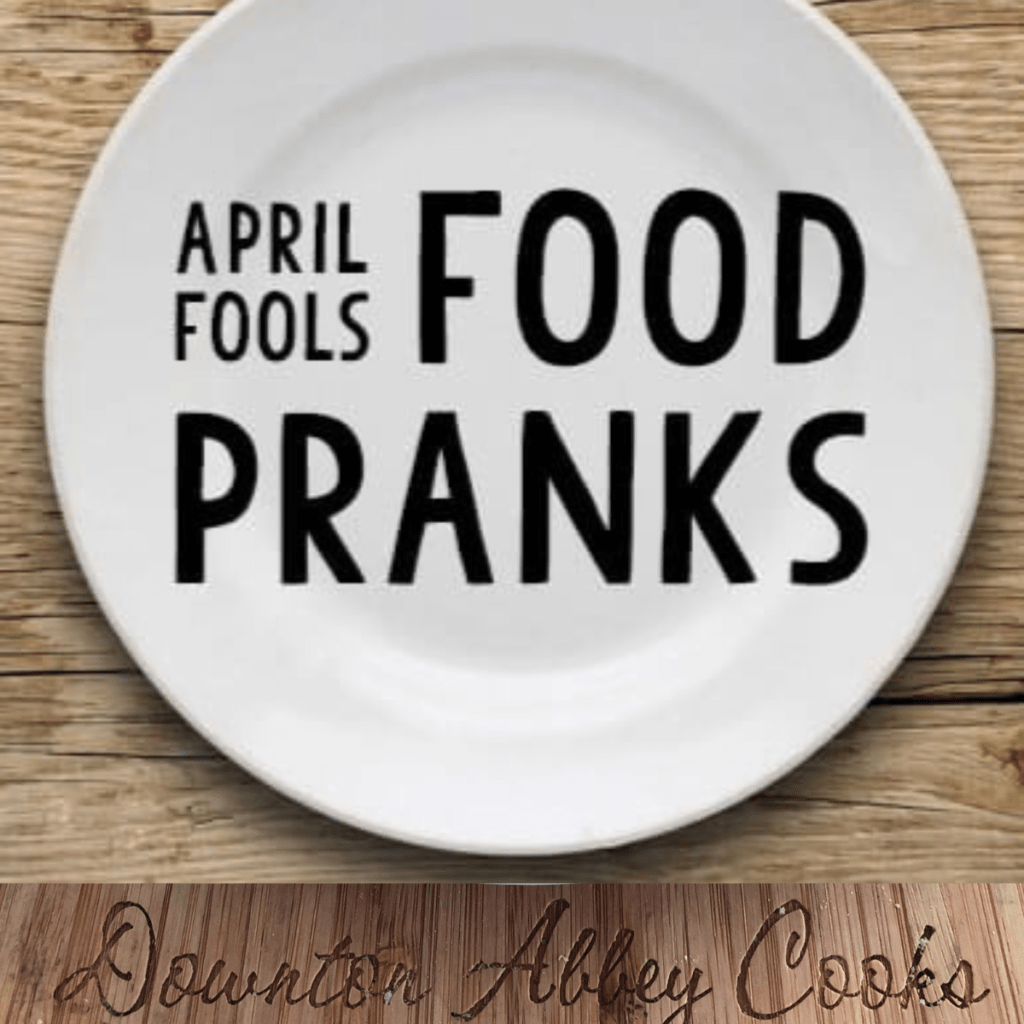
One theory is that it dates back to the 16th century when France switched from the Julian calendar to the Gregorian calendar, which moved the New Year celebration from April 1st to January 1st. People who continued to celebrate the New Year in April were mocked and became the subject of practical jokes.
Another theory suggests that the holiday is related to ancient festivals, such as Hilaria, which the Romans celebrated on March 25th. The festival was dedicated to the goddess Cybele and involved masquerades and pranks.
The first recorded association of April 1st with foolishness is found in Geoffrey Chaucer’s The Canterbury Tales, which was written in 1392. In one of the stories, a fox plays a prank on a rooster on “syn March bigan thritty dayes and two,” which is believed to be a reference to April 1st.
Over time, the tradition of playing pranks on April 1st spread to other countries, including the United States, where it became known as April Fools’ Day. Today, it is a day when people play practical jokes on each other, often to make their friends and family members look foolish.
Fun Food Pranks
April Fools’ Day is a day of practical jokes and pranks, so it can be fun to serve foods that play on this theme. But they should still be edible.
Here are some ideas for foods that might be appropriate to serve on April Fools’ Day:
Shepherd’s Pie Cake: by using a cake tin instead of a rectangle baking dish you can trick your family into believing your Shepherd’s pie is a sweet cake. Pipe the mashed potatoes on top like you would a cake.
Savoury cupcakes: You can make cupcakes with savoury ingredients instead of sweet ones. For example, you can make cupcakes with mashed potatoes instead of cake batter and top them with cheese and bacon bits. Fun and delicious dish.
Dessert that looks like a savoury dish: You can make a cake or dessert that looks like a pizza or a burger. Use frosting or fondant to create the toppings and make it look as realistic as possible.
Fake food: You can create fake food using ingredients that are safe to eat but look like something else. For example, you can make “meatballs” using chocolate truffles and serve them with spaghetti made from shredded coconut.
Jell-O treats: You can make Jell-O treats that look like something else. For example, you can make Jell-O in a glass that looks like a beer or a glass of wine.
Fake-out drinks: You can create drinks that look like something else. For example, you can serve a glass of milk that looks like orange juice or a cup of coffee that’s actually hot chocolate.
Remember always to be mindful of your guests’ food allergies or dietary restrictions.
